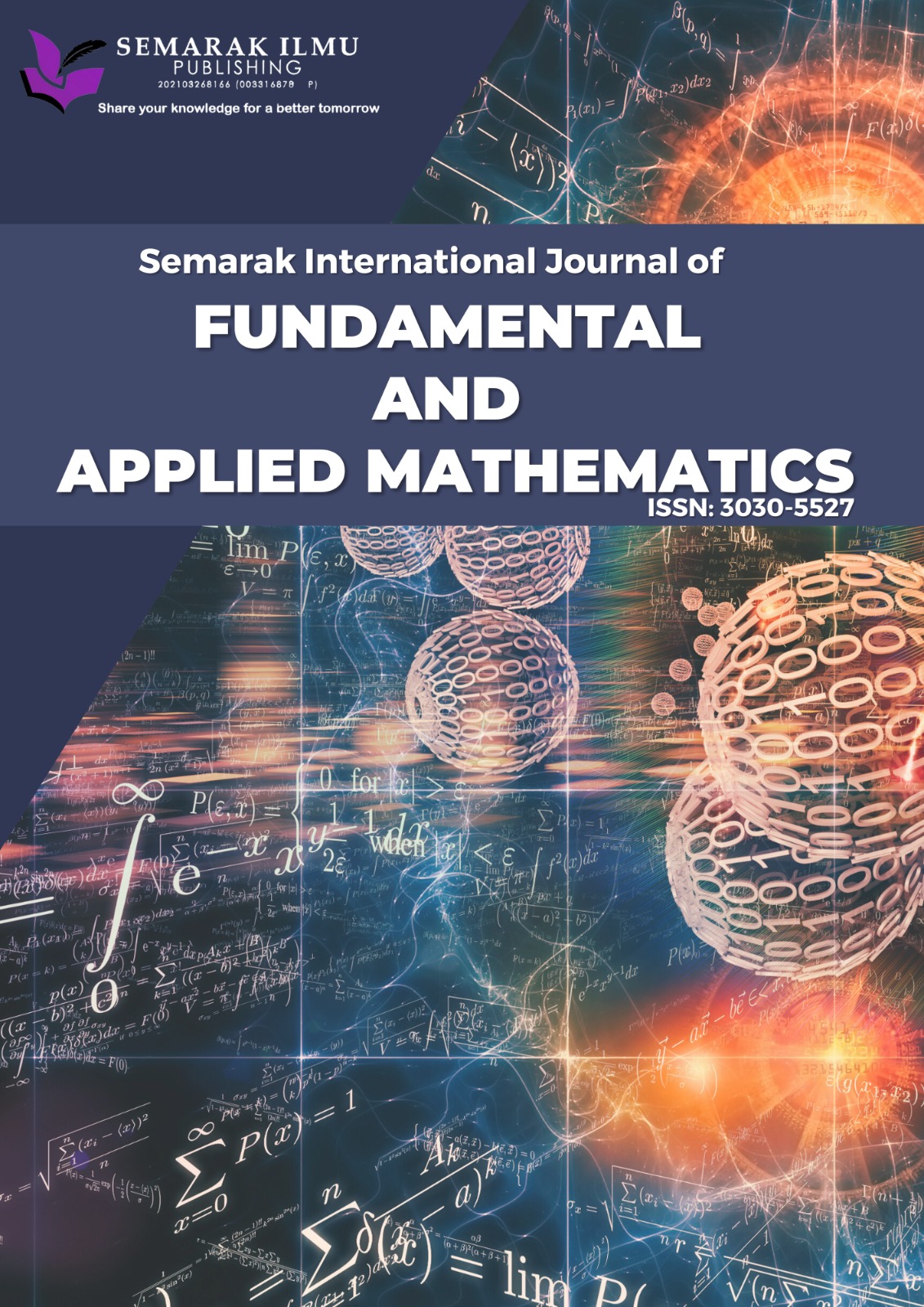Numerical Analysis of The NSP Epidemic Model for Campus Drinking Dynamics
DOI:
https://doi.org/10.37934/sijfam.4.1.4860Keywords:
NSP, Mathematical Model, Euler, RK4, NSFDAbstract
Significant public health risks have been posed by the drinking habits of college students for several generations. In order to tackle this issue thoroughly, the analysis of the NSP (Non-Drinkers, Social Drinkers, Problem Drinkers) epidemic model is conducted to understand which factors influence the dynamics of drinking behaviour in campus. The impact of different numerical methods for solving the model is evaluated, and recommendations for approaches to reduce the misuse of alcohol are mathematically examined. The model is solved using three techniques: the Euler, Runge-Kutta 4th order (RK-4), and the Non-standard Finite Difference (NSFD). The results provided by the NSFD scheme are the most important, as it maintains essential properties of the NSP model, such as the positivity of solutions and the stability of equilibrium, which are not preserved when the Euler and RK-4 methods are used. The basic reproductive numbers serve as the main result on which the further extension of the outbreak can be investigated. The effective reproduction numbers R_0^S and R_0^P are derived to determine the stability of equilibrium points. Moreover, the NSFD method is shown to preserve positivity for all time step sizes, making it suitable for epidemic modelling. Finally, numerical simulations are considered to investigate the effectiveness of the NSFD method. These results imply that the NSFD scheme is more appropriate for characterizing the dynamics of campus drinking and could provide valuable information for the prevention of alcohol related issues among students.
Downloads














